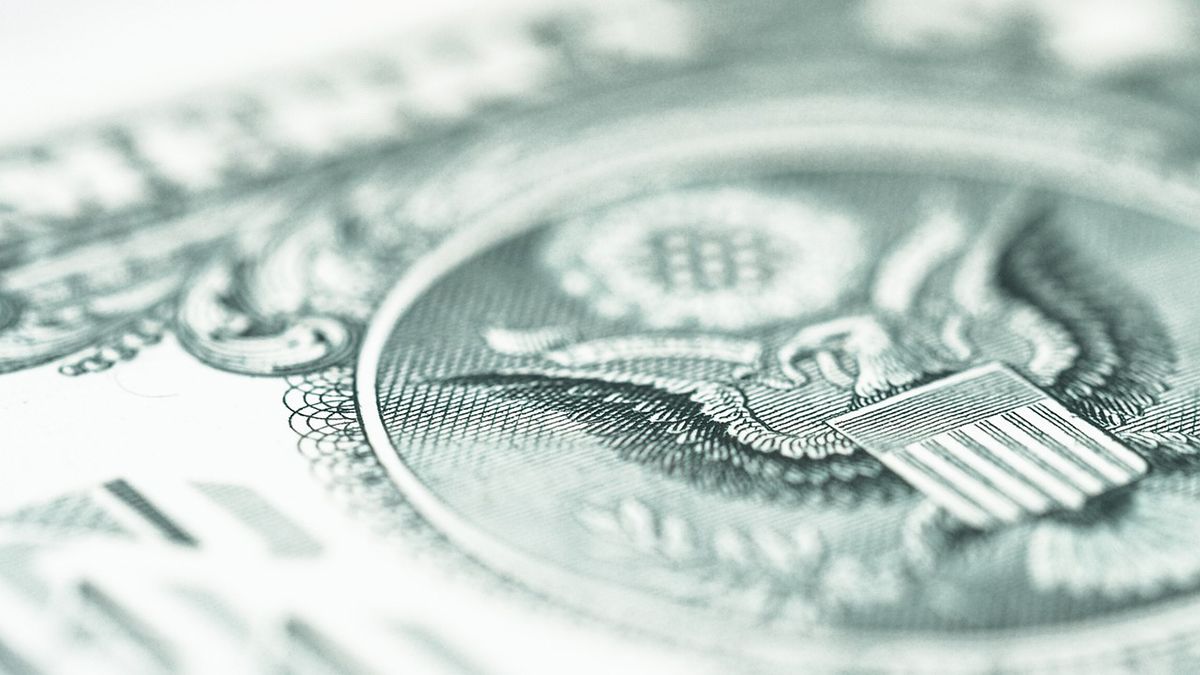He global dollar rose on Friday after data showed the US economy USA created more jobs than expected last month, reinforcing expectations that the Federal Reserve (Fed) will pause its rate cut cycle at its monetary policy meeting later this month.
He dollar index It last rose 0.4% to 109.68 and advanced to its highest level since November 2022 and notched its sixth consecutive weekly gain. This is their longest streak since an 11-week streak in 2023.
The US currency rose to its highest level since July against the yen after the data, before starting to drop during the day. Lastly, it fell 0.1% to 157.845 yen. The dollar extended its gains following a report that showed inflation expectations to the American consumer for the next year and beyond increased in January.
He eurofor its part, fell to its lowest level since November 2022 against the dollar. The euro zone’s single currency fell 0.5% to $1.0244, falling for the second consecutive week. A significant number of currency analysts expect the euro to reach parity with the dollar in 2025, a Reuters poll showed this week.
A report of the Department of Labor showed that the U.S. economy added 256,000 jobs in December, far more than economists’ forecasts for an increase of 160,000. The unemployment rate, meanwhile, fell to 4.1%, compared to expectations for a reading of 4.2%.
This reinforces the expectations that the Federal Reserve (Fed) stop its rate cut cycle at its monetary policy meeting later this month; and could trigger another round of selling in nervous bond markets. Last night, the president of the Fed of Philadelphia, Patrick Harker, He said he expected the US central bank to cut interest ratesbut added that an imminent cut was not necessary.
In the early hours of Friday, markets expect around 40 basis points of rate cuts from the Federal Reserve in 2025.
Additionally, a global bond sell-off has dominated markets this week — 10-year U.S. Treasury yields rose as high as 4.69% for the week — driven by fears of a rebound in inflation. inflation, as well as the uncertainty about the duty under the incoming US administration led by Donald Trump. This has driven the dollar and has overshadowed other currencies, which have recorded heavy losses against the greenback.
“We believe that the balance of risks is tilted upward for the dollar today, as strong jobs numbers could cause markets to price in a cut in March and potentially drive the first fully discounted move beyond June,” he told Reuters Francesco Pesole, currency strategist ING.
Disparity in behavior of other currencies
The pound It continued to fall on Friday and was finally down 0.17% at $1.2285; while the dollar has gained 1% this week against the British currency, which was hit to a 14-month low on Thursday along with a sell-off in government bonds and concerns about the UK government’s finances. United Kingdom.
“What makes the current situation particularly notable is that higher interest rates typically help strengthen the currency, so the fact that we are seeing the pound weaken even as government bond yields rise shows how nervous investors are right now,” analysts at the Deutsche Bank in a note.
Likewise, the dollar has gained 0.3% against the yen this week, but the Japanese currency strengthened 0.15% on Friday to 157.82 per dollar.
In the area euro, The single currency was steady on both the day and week at $1.0299, but was not trading far from the two-year low of $1.0224 it hit last week. A significant number of currency analysts expect the euro to reach parity with the dollar in 2025, a Reuters poll showed this week.
Source: Ambito
I am a 24-year-old writer and journalist who has been working in the news industry for the past two years. I write primarily about market news, so if you’re looking for insights into what’s going on in the stock market or economic indicators, you’ve come to the right place. I also dabble in writing articles on lifestyle trends and pop culture news.




